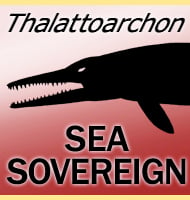Indosaurus
In Depth Abelisaur theropods ranged across much of the southern continents during the late Cretaceous and India certainly seems to have had its share of them. However when Indosaurus was fist named by Matley and von Huene in 1933, the abelisaurs were still an unknown group of theropods, which is why they initially described Indosaurus … Read more
